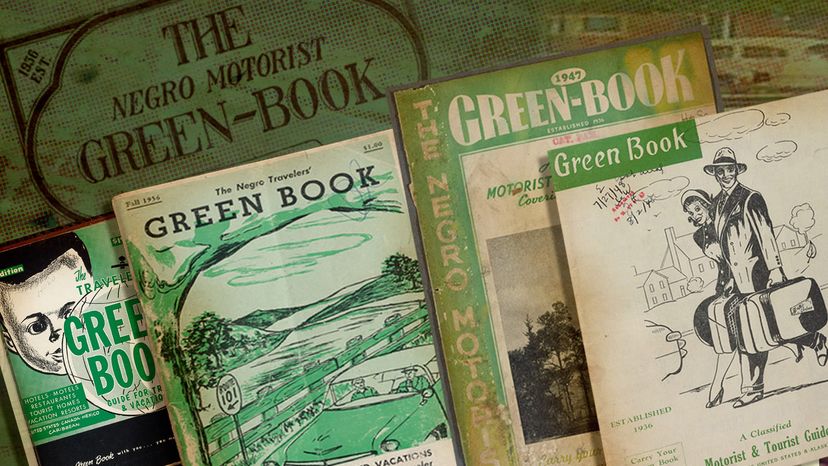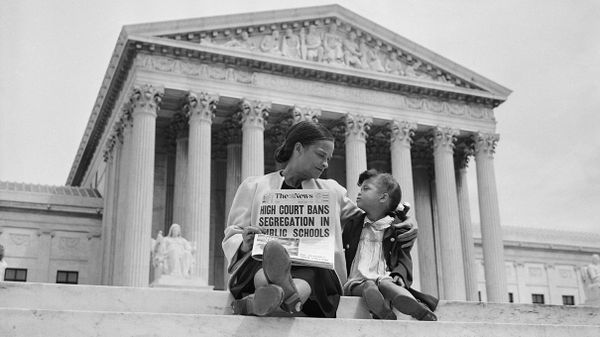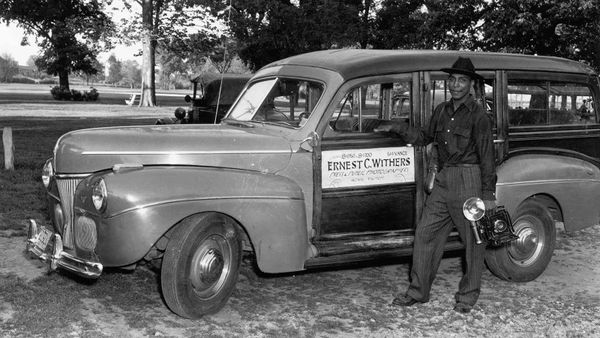
Growing up in Baltimore in the 1950s, the author and playwright Calvin Alexander Ramsey never really questioned why his family, like all other Black families he knew, would leave for vacation car trips at 2 or 3 in the morning. And he never thought twice about the fact that the family always slept at private homes instead of hotels, used the side of the road as a restroom and packed their own food with them for the length of the journey.
Only years later did Ramsey realize that his parents avoided restaurants, gas stations and hotels in order to protect him from the racist degradations and very real dangers of traveling while Black in 1950s America.
Advertisement
Until the 1964 Civil Rights Act formally ended segregation and made it a crime to discriminate on the basis of color, the tradition of the "great American road trip" was very different for families of color. Black motorists traveling outside of major city centers had no way of knowing if the local service station would sell them gas or if there were any restaurants serving Black customers within a 100-mile (160-kilometer) radius.


